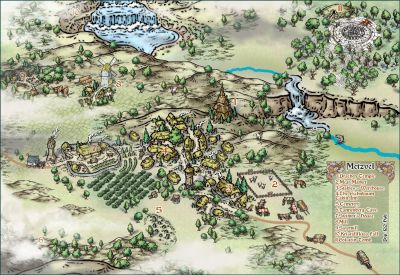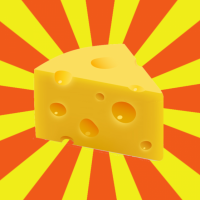
Monsen
Monsen
About
- Username
- Monsen
- Joined
- Visits
- 689
- Last Active
- Roles
- Administrator
- Points
- 8,940
- Birthday
- May 14, 1976
- Location
- Bergen, Norway
- Website
- https://atlas.monsen.cc
- Real Name
- Remy Monsen
- Rank
- Cartographer
- Badges
- 27
-
Autosave Error
Well, I was more thinking about the actual fill style dialog, but it makes no difference. That list with preview shows that it does look ok.
Honestly, I am not sure what could have happened here and why the map appears to display completely without fill styles, even the most basic ones when the fills seems to be there.
I suggest you take this to technical support via the form on your registration pages.
-
How Can I Draw Real-World Places in Campaign Cartographer?
1. Sure. Just put each image on a different sheet and/or layer. Than you can show/hide those sheets/layers as required. If you use sheets, you can also add a transparency effect on one of them so you can see them overlaid on top of each other if that is helpful.
2. If you make your hex grids manually after creating the map instead of in the new map wizard by using Draw -> Hex or square overlay you can hit the Select points button in the dialog to have more control over the placement of the grid. But due to the fact that hexes by their very nature doesn't really line up very well with nice round numbers, it can be a little trial and error getting them exactly as as you want. Keep in mind that coordinates in CC3+ can be entered on the command line when requested, and not just by clicking the mouse, this makes it easier to do precision placement.
Also note that when it comes to hexes within hexes, if you are using a hex mapping style, the hex tiles are designed to snap and size to the hex grid, so you should place the actual grid you are mapping by first, and after making the map add any additional overlay grid. Also remember that hexes doesn't actually fit perfectly within each other, the big hexes will always clip through the middle of the smaller hexes along some of the edges.
3. You can combine styles, but it takes a bit of additional work. Mostly you need to import the fills used by the secondary style. See https://forum.profantasy.com/discussion/comment/99096/#Comment_99096. For the hex symbols themselves however, it is simply a matter of just opening up the appropriate symbol catalog.
4. CC3+ doesn't do any special touchpad handling, it just treats it like a mouse (like most other software), so if it zooms instead it is a result of the signals your touchpad sends to the program. Touchpads are not generally very good for any drawing applications though. But try the PAN command (just type PAN and hit enter on the command line). Pan lets you scroll by clicking two points in your map, and then scrolls the viewport by the amount indicated by the distance between those two points. It may feel a bit foreign at first, but it is a great way to have perfect precision when scrolling.
-
A Question about Alternate Map Styles
There is nothing that ties a symbol catalog or drawing tool set back to a specific template, so there is no problem sharing this across templates. Of course, when multiple templates rely on the same resources, changes to the tools or catalogs would also then be visible from all templates since it is a shared resource.
-
Printing maps from PDF?
Is there a script that does this export, but also leaves the exported tiles intact (unstitched) so they can be used as printable battlemaps?
You can just edit the tile.cmd in the annual folder. Just comment out line 56, and tiles won't be deleted afterwards. You can also skip the stitching altogether by commenting out line 50.
Just make sure to delete the tiles manually if you do this, or they will interfere with the next export.
-
Distance
The new dialog is actually better in many ways, giving you additional information that often is very helpful, as well as allowing you to easily select values and copy to the keyboard since it uses edit fields. The only issue is that it is hard to read.
If you don't like the new dialog, you can edit the SS4 menu file (ss4.mnu) in the data directory, search for DIST2 and replace it with DISTANCE. The change may get reverted the next time you install an update, bit those aren't all that frequent.
Oh, and this dialog will be improved in CC4.








